When is chocolate no longer chocolate? According to UK law, white chocolate must contain a minimum of 20% cocoa butter. However, as reported by The Grocer earlier this month, reformulation changes have meant that neither White Digestives nor White Kit Kats currently hit this minimum requirement.
McVitie’s removed all cocoa butter from its White Digestives in March, replacing it with palm, shea and sal oils. The change necessitated the rollout of new packaging, with “white chocolate” swapped out for “white” on the front of pack.
This followed a similar redesign for Kit Kat Chunky White in January. According to a spokeswoman for Kit Kat owner Nestlé, updating the on-pack description from “white chocolate” to “white” meant it was “accurate and compliant” with how the ingredient is described, as it is ”made with vegetable fats rather than cocoa butter”.
So, why are manufacturers removing cocoa butter from their products? And which treats are likely to be reformulated next?
The cost of white chocolate
It’s been widely reported that cocoa prices hit record-breaking highs last year, after extremely dry weather led to a poor crop in Ghana and the Ivory Coast, where 70% of the world’s cocoa is produced. One senior industry insider told The Grocer the percentage increase on cocoa butter prices had been “even higher” than on cocoa mass – it is this which heaped additional cost pressure on brands making white chocolate products.
It makes sense, then, that White Digestives have been reformulated ahead of their milk and dark chocolate counterparts. Since the recipe change in March, pre-promotional shelf prices of McVitie’s White Digestives 232g have remained stable at £2.08 in Asda and at £2.25 in Tesco, Sainsbury’s and Morrisons [Assosia 17 w/e 7 July 2025].
However, this will have equated to a cost saving for McVitie’s owner Pladis, which is no longer required to pay the 20% VAT on chocolate-coated biscuits for this line.
Plus, as Win-Win operations director Ollie Harvey points out: “White chocolate is typically made with cocoa butter and no cocoa solids, which makes it far easier to replicate using a cocoa butter replacement. By contrast, milk and dark chocolates contain cocoa solids, which are much harder to mimic in terms of both flavour and structure.”
Harvey understands this challenge more than most. Win-Win is a London-based food tech startup that uses precision fermentation methods to mimic the taste of chocolate, without using cocoa. It uses a fermented rice preparation with carob to replicate the properties of cocoa mass in its milk and dark chocolate alternatives.
For its white chocolate alternative, however, a blend of shea butter and palm fat convincingly mimic the mouthfeel of cocoa butter, with sugar and vanilla providing the flavour.
Harvey’s insight chimes with what consumer response to the reformulated White Digestives. As a spokeswoman for McVitie’s told The Grocer: “Sensory testing with consumers showed the new coating delivers the same great taste and texture as the original, with people indicating equally strong intent to repurchase.”
‘Consumers won’t notice’
Matthew Kelly, head of commerce at content marketing agency Precious, suggests most consumers won’t notice the difference. “The customer sees ‘white chocolate’ on the front before they even read the fine print,” he says.
This subliminal messaging is bolstered by the depiction of what appear to be white chocolate chunks on the front of pack.
But Pladis’ cost-saving efforts aren’t limited to white chocolate alone. Take McVitie’s Hobnobs Oaty Cookies, which debuted last month in two variants: Milk Chocolate Flavour Chips and Dark Chocolate Flavour Chips. Neither of the chips used contain the sufficient levels of cocoa mass to be classified as “chocolate” (20% for milk and 35% for dark). Instead, they are labelled as “chocolate flavour chips”.
Chocolate-flavoured coatings are nothing new. They have been used by manufacturers for years to keep costs down. For instance, a bag of chocolate raisins from the local corner shop might, on close inspection, have a “chocolate flavour coating”.
It is likely that this practice will become increasingly rife, unless cocoa prices restabilise.
Leading chocolate manufacturers such as Mondelez and Mars Wrigley give a temperature check on the market. Both have shrunk packs and pushed through price increases over recent months to mitigate the impact of soaring cocoa costs.
Both have also launched white chocolate products (White Dipped Twirl and White Maltesers) in recent months – although at the time of writing, both products contained sufficient levels of cocoa butter in their coatings to be described as “white chocolate”.
Interestingly, neither product features the word “chocolate” on the front of pack. Presumably, this forward-thinking will spare Mondelez and Mars Wrigley the expense (and the embarrassment) of a redesign if (when?) a reformulation becomes necessary.

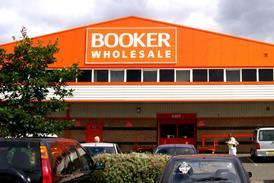

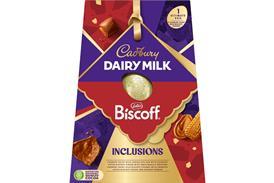
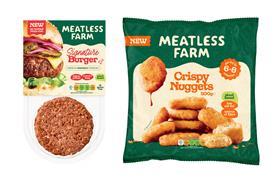

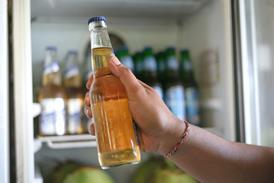
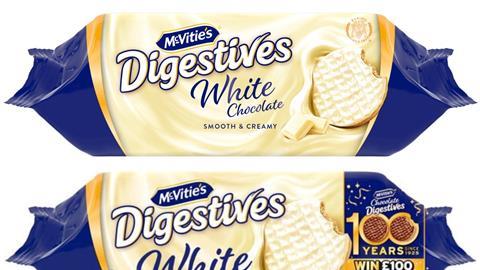
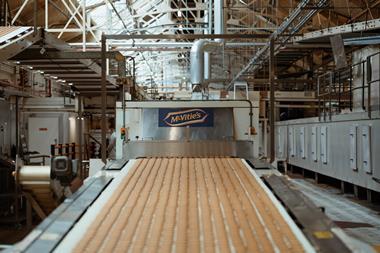




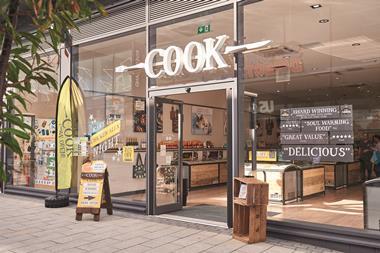

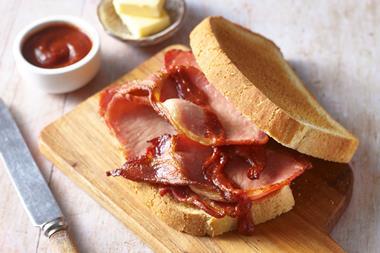

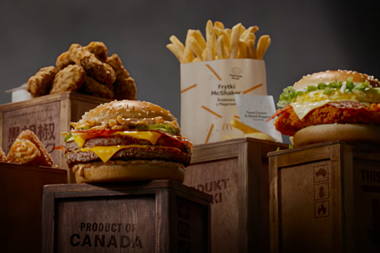
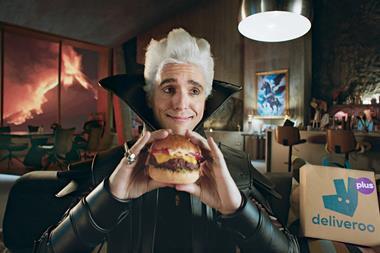
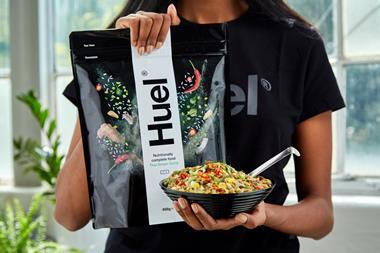
No comments yet